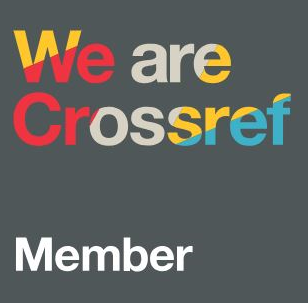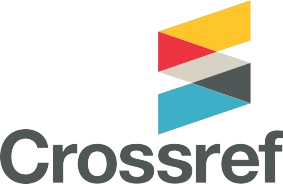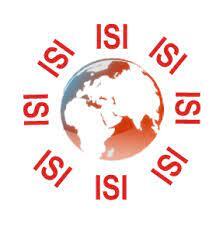Modeling soil erosion by water using SWAT in northern Ethiopia
DOI:
https://doi.org/10.62103/unilak.eajst.2.2.39Keywords:
SWAT model, Model evaluation, Runoff, Sediment yield, Nutrient losses, Mai-Negus CatchmentAbstract
This study was designed to evaluate the performance of Soil and Water Assessment Tool
(SWAT) model for estimating runoff, sediment and nutrient yields in Mai-Negus catchment, northern
Ethiopia and suggest model applicability for management planning. The SWAT model was selected after hydrological models were reviewed using predefined criteria. The extrapolation of response information from similar areas was used to prepare observed data for model calibration and validation for the ungauged study catchment. Following sensitivity analysis, the SWAT model was calibrated, validated and assessed for evaluation model uncertainty using Nash–Sutcliffe coefficient (NSE) and coefficient of determination (R2). The model was calibrated from 1992 to 2000 periods and validated from 2001 to 2009 for flow. The annual flow calibration (NSE = 0.67, R2
= 0.81) and validation (NSE = 0.73, R2 = 0.84) values were higher than the daily and monthly basis. For sediment yield and nutrient losses, the calibration and validation periods were from 2001 to 2004 and 2005 to 2009, respectively. This study shows model efficiency > 0.50 and 0.60 for NSE and R2, respectively, which are adequate for SWAT model application for management planning. Such successful evaluation of SWAT model as illustrated in this study can widen model applicability into other ungauged basins.








